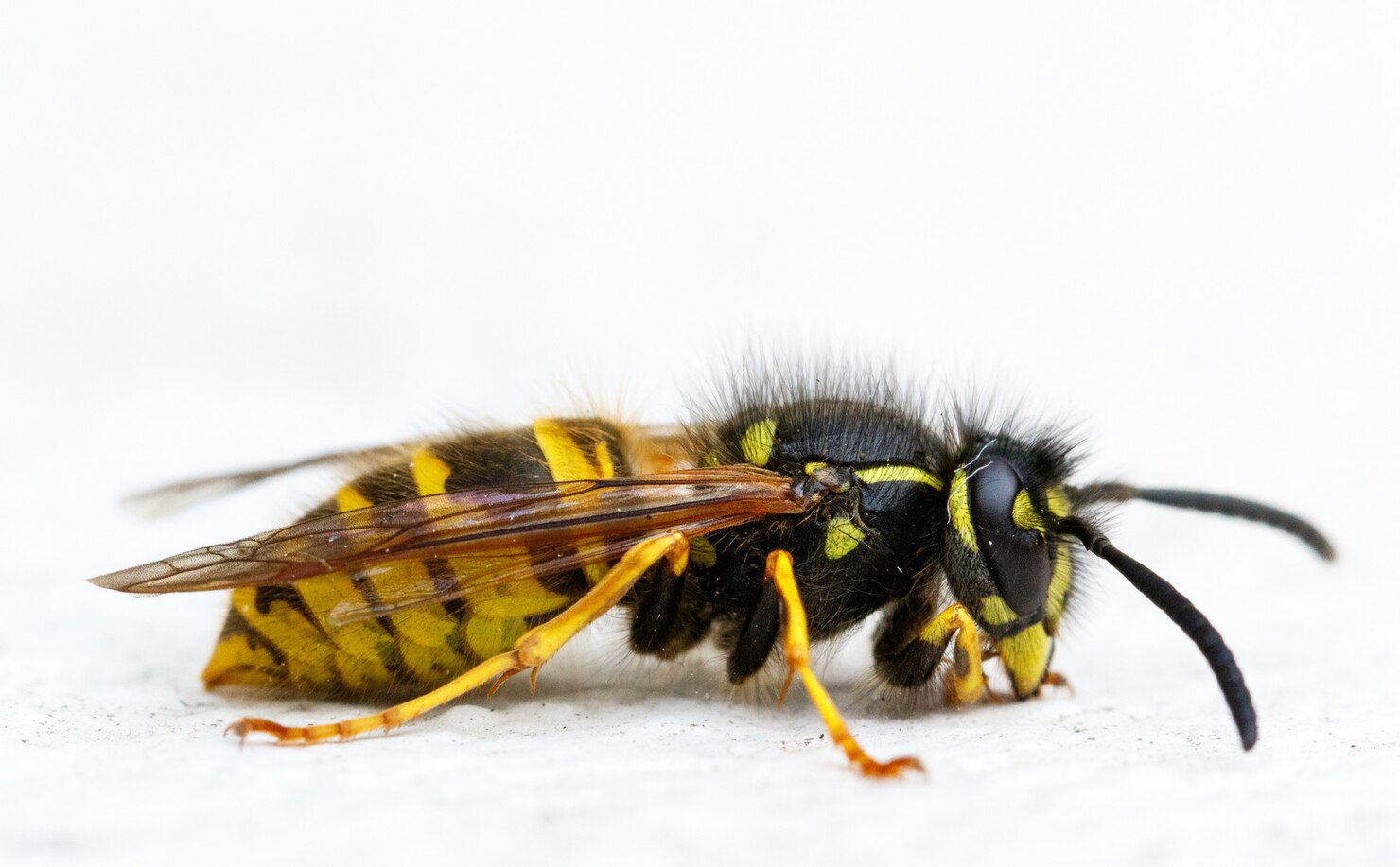Wasps are fascinating yet often misunderstood insects. While some view them as aggressive pests, they play a crucial role in our ecosystem. Understanding their lifespan helps in managing them effectively and appreciating their benefits. Most worker wasps live only 12-22 days, while queens can survive up to a full year. This guide explores their life cycle, environmental influences, and how to coexist with them safely.
Why Understanding Wasp Lifespans Matters
Wasps contribute significantly to natural pest control by preying on caterpillars, flies, and other insects. They also assist in pollination, though not as efficiently as bees. However, their short lifespans mean colonies grow and decline rapidly. Knowing how long they live helps:
- Predict seasonal activity (peak nesting in summer, decline in fall)
- Implement effective pest control (best timing for nest removal)
- Prevent unnecessary extermination (many wasps die naturally in weeks)
The Wasp Life Cycle: From Egg to Adult
Wasps undergo a complete metamorphosis (egg → larva → pupa → adult). Their lifespan varies by caste and species:
1. Worker Wasps (Sterile Females)
- Lifespan: 12–22 days
- Role: Build nests, gather food, care for larvae
- Survival Factors: Predators, weather, and food availability affect longevity
2. Male Wasps (Drones)
- Lifespan: A few weeks (just long enough to mate)
- Role: Fertilize new queens, then die shortly after
3. Queen Wasps (Reproductive Females)
- Lifespan: Up to 1 year (the longest-lived wasps)
- Role: Hibernate in winter, establish new colonies in spring
- Survival Tip: Queens hide in sheltered spots (attics, tree bark) during cold months
4. Colony Lifecycle (Seasonal Changes)
- Spring: Queens emerge, build starter nests
- Summer: Colony peaks (workers expand the nest)
- Fall: Workers die, new queens mate and hibernate
- Winter: Only mated queens survive; the rest perish
What Affects a Wasp’s Lifespan?
Several factors determine how long wasps live:
✔ Species – Paper wasps live longer than yellowjackets.
✔ Climate – Cold winters kill off colonies; mild winters help queens survive.
✔ Food Supply – Lack of insects/nectar shortens their lives.
✔ Predators – Birds, spiders, and even other wasps reduce lifespan.
Pro Tip: Preventing Wasp Nests
- Early Spring: Seal cracks in walls, eaves, and roofs to block queens.
- Summer: Keep trash bins sealed and avoid open sweet drinks (they attract wasps).
- Fall: Remove old nests to discourage next year’s queens.
Should You Remove a Wasp Nest?
Most wasps die off naturally, but if a nest poses a risk (near doorways, allergies), consider:
✅ Natural Deterrents – Peppermint oil, decoy nests
✅ Professional Removal – For large or aggressive colonies
❌ Avoid DIY Spraying – Disturbing nests can provoke attacks
Conclusion: Coexisting With Wasps
While wasps can be intimidating, their lifespans are short, and their ecological benefits are immense. By understanding their lifecycle, you can prevent infestations without unnecessary harm. If control is needed, early intervention (spring) is most effective.
FAQ
How long do wasps live indoors?
Without food or escape, they die within 3-4 days.
Do wasps reuse old nests?
No—each spring, queens build new nests from scratch.
What’s the longest a wasp can live?
Fertile queens survive up to 12 months, including hibernation.
Why do wasps sting when they die?
A dying wasp releases alarm pheromones, triggering others to attack.
How can I tell if a wasp nest is active?
Look for constant coming/going of workers (inactive nests are papery and empty).










